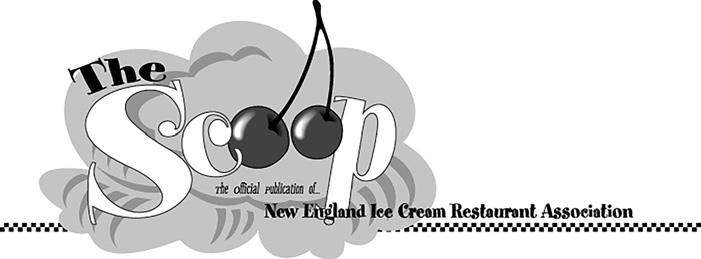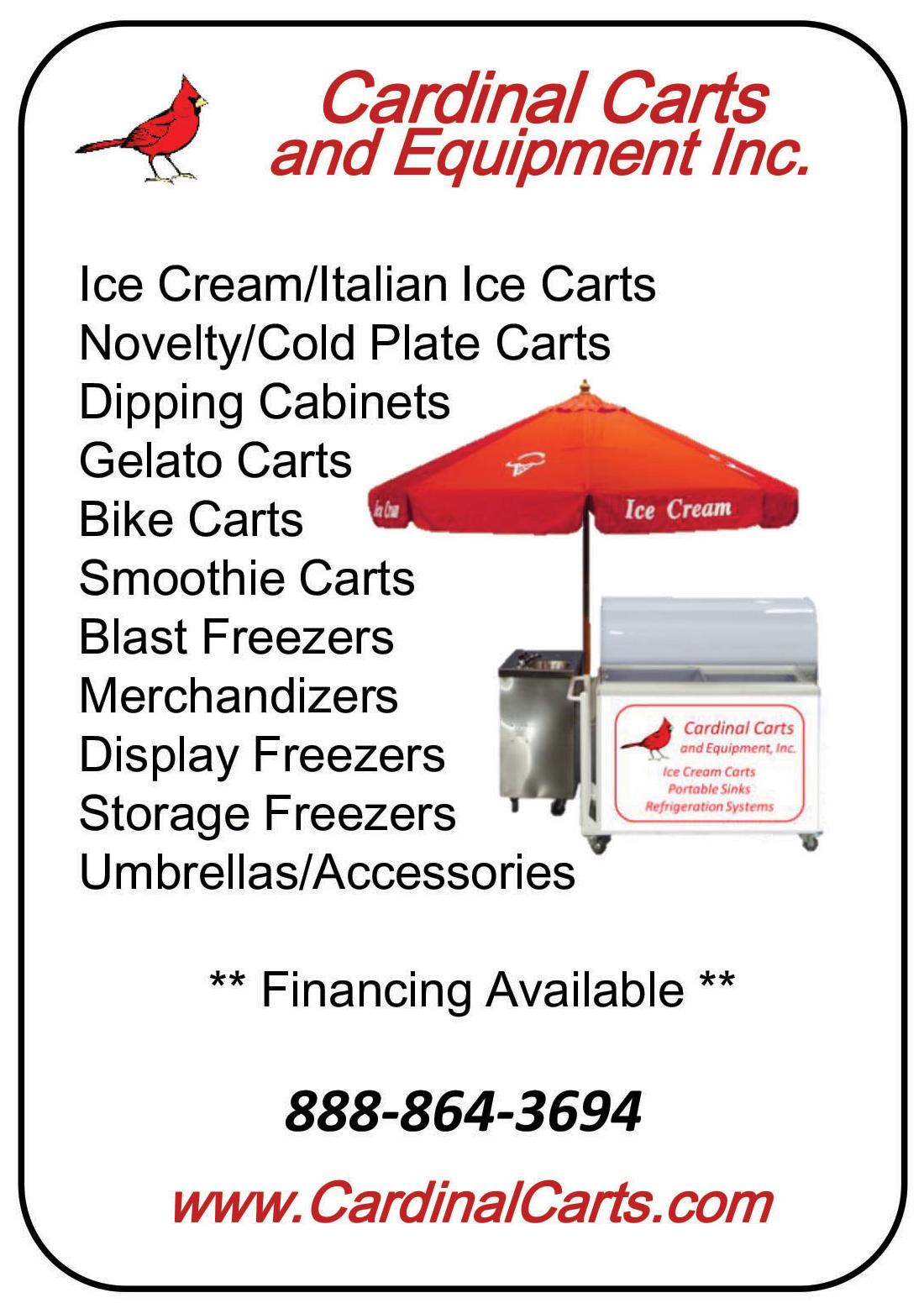Cash Flow Strategies and Profits by Mark E. Battersby Cash flow is the life blood of every business. In fact, according to a recent U.S. Bank study, poor cash flow management causes 82% of U.S. business failures. Although seemingly counterintuitive, many experts advise putting cash flow management before profits. While profits are how an ice cream or frozen dessert business survives, failure to manage the operation’s cash flow can mean running into problems that one profitable accounting period might not be able to offset. Another study, this one by Intuit, revealed that 61% of small businesses around the world struggle with cash flow and 32% are unable to pay vendors, pay back pending loans, pay themselves or their employees, all due to cash flow issues. Cash Flow Management 101 In essence, cash flow is nothing more than the movement of money in and out of the ice cream business. Cash flows into the business from sales of products or services. Money flows out of the business for supplies, raw materials, overhead and salaries in the normal course of business. An adequate cash flow means a steady flow of money coming into the business in time to be used to pay those bills. How well the frozen dessert operation’s cash flow is managed will obviously have a significant impact on the bottom-line profits of the business. More-often-than-not, the operation’s cash inflows will lag behind its cash outflows, often leaving the business short of money. This shortage or cash flow “gap,” represents an excessive outflow of cash that may not be covered by a cash inflow for weeks, months or even years. Properly managing the ice cream or frozen dessert operation’s cash flow allows that “gap” to be narrowed or closed completely before it reaches the crises stage. This is usually accomplished by examining the different items that affect the operation’s cash flow -– and looking at the various components that directly impact on cash flow. This analysis can provide the answer to a number of important questions such as: • How much cash does the business have? • How much cash does the business need in order to operate -– and when is it needed? • Where does the business get its cash and spend it? • How does the operation’s income and expenses affect the amount of cash needed to operate the business?
ness world. Thus, the need to manage the cash inflows and outflows of the business. Obviously, accelerating cash inflows improves overall cash flow. After all, the quicker cash can be collected, the faster the business can spend it. Put another way, accelerating cash flow allows a business to pay its own bills and obligations on time, or even earlier than required. It may also allow the business to take advantage of trade discounts offered by suppliers. An important key to improving the ice cream or frozen yogurt operation’s cash flow is often as simple as delaying all outflows of cash as long as possible. Naturally, the operation must meet its outflow obligations on time, but delaying cash outflows makes it possible to maximize the benefits of each dollar in the operation’s own cash flow. Outflow Outflows are the movement of money out of the business, usually as the result of paying expenses. If the busi-
The “In” of Cash In a perfect world, there would be a cash inflow, usually from a cash sale, every time there is an outflow of cash. Unfortunately, this occurs very rarely in an imperfect busiThe National Dipper March/April 2020
Reader Service #110
21



